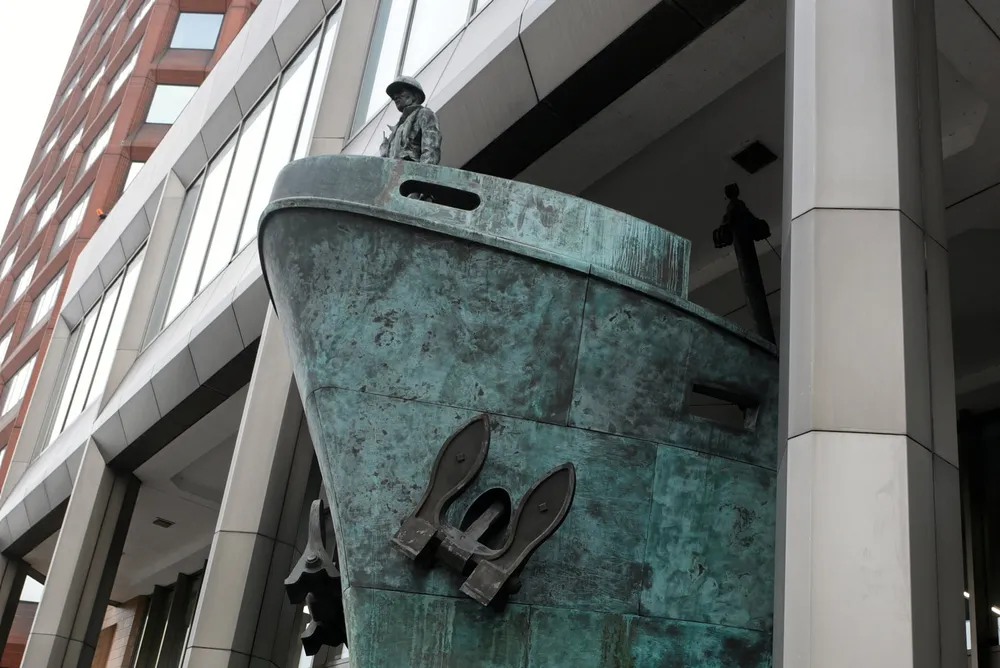OPINION | We’re running out of time to put hydrogen shipping regulations in place — it all hinges on the next 18 months
Governments must not only drive uptake of clean fuels in maritime sector but ensure steady H2 supply, writes Stuart Neil of the International Chamber of Shipping
